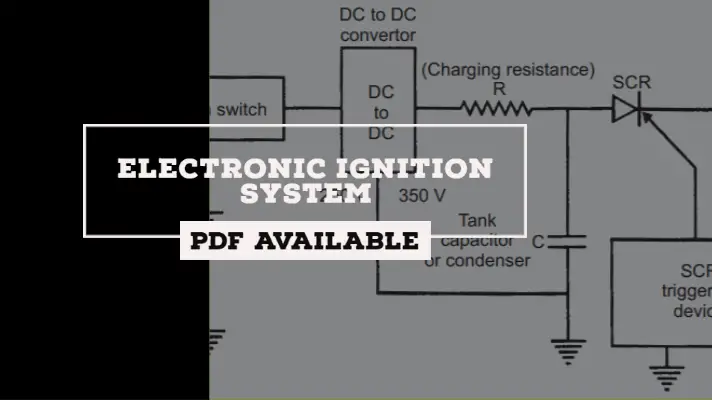Archives
LATEST ARTICLES
Differential: Functions, Parts, Woking, Advantages, Disadvantages, and Applications [PDF]
The differential is an integral part of all the four-wheelers. The wheels receive power from the engine via a drive shaft or a propeller shaft. In the last session , we had discussed about Classification of Chasis, Ignition Systems and Electrical fuel Pumps. Whereas in Todays session, we will discuss on How Differential Works? Functions […]
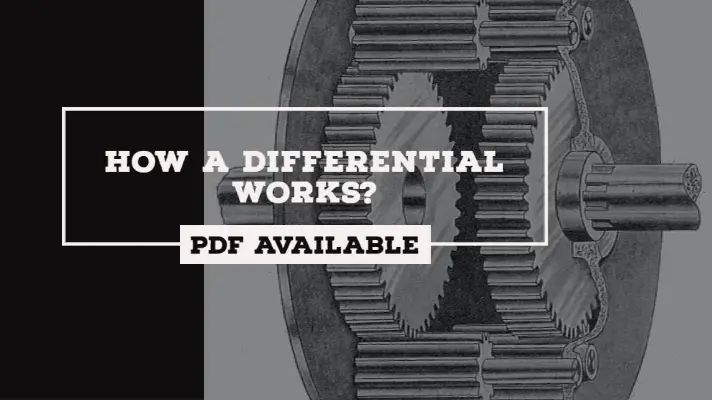
Single Plate Clutch: Components, Working Principle, Advantages, Disadvantages, and Applications [PDF]
In the single-plate clutch, a friction plate (clutch plate) is held in between flywheel and the pressure plate. The Single plate clutch is used to transmit a small amount of power compared to the multi-plate clutch. The single-plate clutch is used in trucks, cars, buses, etc. Line Diagram of Single Plate Clutch: The line diagram […]

Electromagnetic Clutch: Components, Working Principle, Advantages, Disadvantages, Applications [PDF]
Electromagnetic clutch works with the help of electrical winding embedded in the flywheel. The engagement and disengagement of the clutch can be done by ionizing and deionizing the winding placed in the flywheel. As we know that we have different types of Friction clutches and Electromagnetic clutch is one of the types of clutches. The […]
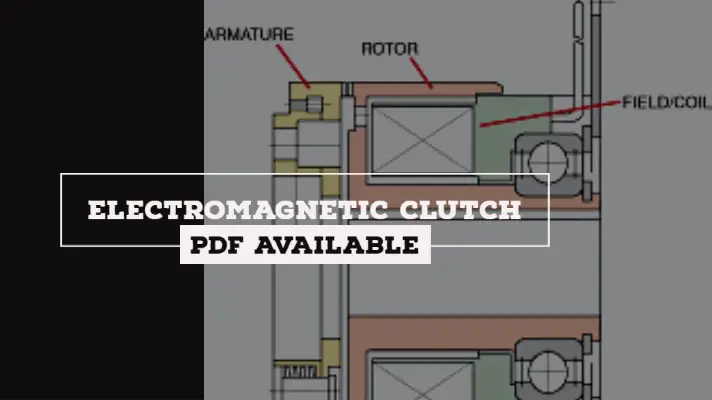
Cone Clutch: Parts, Working Principle, Advantages, Disadvantages, and Applications [PDF]
The function of the clutch is to engage and disengage the power transmission from the engine to the gearbox whereas, in the cone clutch, normal forces are acting on the contact surfaces which are larger than the axial forces compared to a single plate clutch. As we have different types of friction clutches and cone […]

Types of Angular Measuring Instruments [PDF]
Angular Measuring Instruments are the devices that are used to measure the angle of the given specimens. Types of Angular Measuring Instruments: There are various types of Angular Measurements which are based on various standards, and those are the following: Line Standard Angular Measuring Devices Protractor Universal Bevel Protractors Face Standard Angular Measuring Devices Sine […]
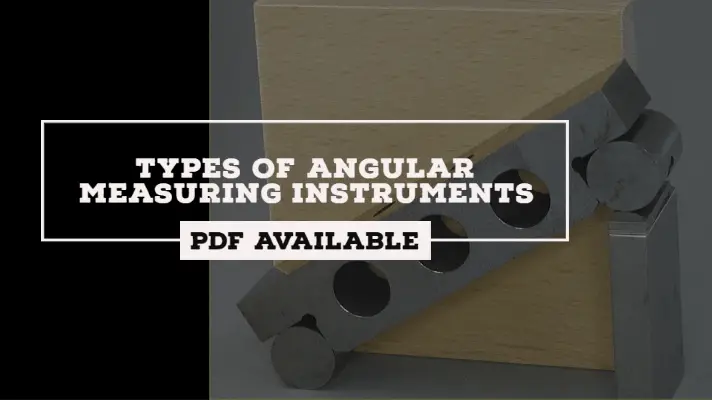
Linear Measurements: Definition, Standards, Methods & Instruments [PDF]
Metrology is defined as the science of measurements or the precision of measurements. Even it can be defined as the accuracy of measurements. The science which is dealing with measurements and their conditions is called measurement science or metrology. In this article, we will discuss Methods, Standards, and Instruments for Linear Measurements. But before that, […]
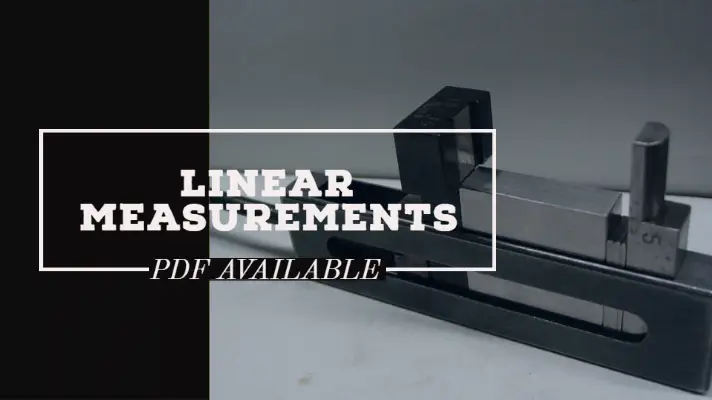
Cooling System in IC Engine: Types, Advantages, Disadvantages [PDF]
As per the engines, the heat produced by the combustion of fuel in the engine cylinder is not converted into useful power at the crankshaft completely and the typical distribution of fuel energy is as follows: Useful work at the crankshaft= 25% Loss in exhaust gases= 35% The loss to the cylinders walls= 30% Loss […]
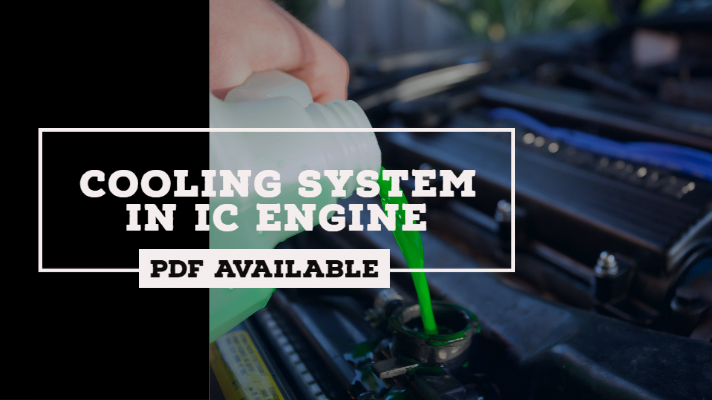
Magneto Ignition System: Parts, Working Principle, Advantages, Disadvantages, and Applications [PDF]
Magneto Ignition system applies to 2 wheelers and racing cars. It is similar to the Battery Ignition System but the magnet is used here instead of a battery to generate a high spark at the Spark Plug. It is used in SI engines. A rotating magnet produces a high voltage (there is no need for […]
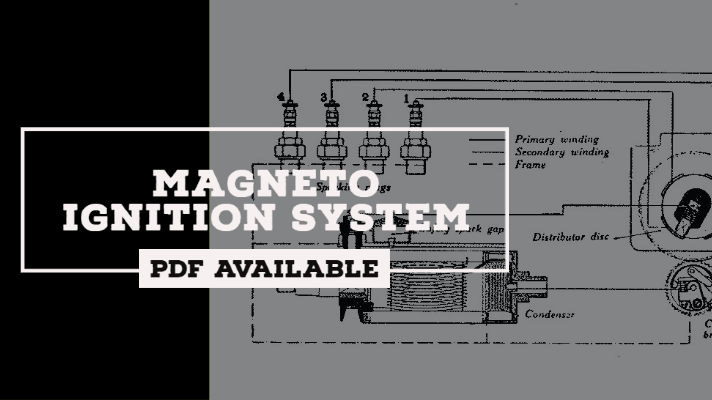
Petrol Injection System: Types, Advantages, Disadvantages [PDF]
Petrol Injection was come into the picture because of the drawbacks of the carburetor. It is difficult for a single carburetor to ensure uniformity of mixture to all the cylinders in a Multi-cylinder engine. By this, some cylinders may get a weaker mixture whereas the other cylinders get a richer mixture then the desired. Due […]
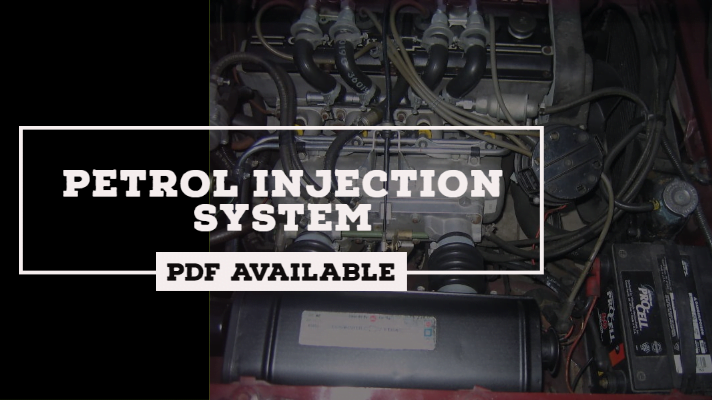
Electronic Ignition System: Parts, Working Principle, Advantages, and Disadvantages [PDF]
In this system, the contact breaker points assembly(in the Battery ignition system) is replaced by the armature. This armature is a pulse or signal generator that triggers the ignition module, also called the Electronic Ignition Control Unit or Electronic Ignition Module. This control unit primarily contains a transistor circuit whose base current is triggered OFF […]
